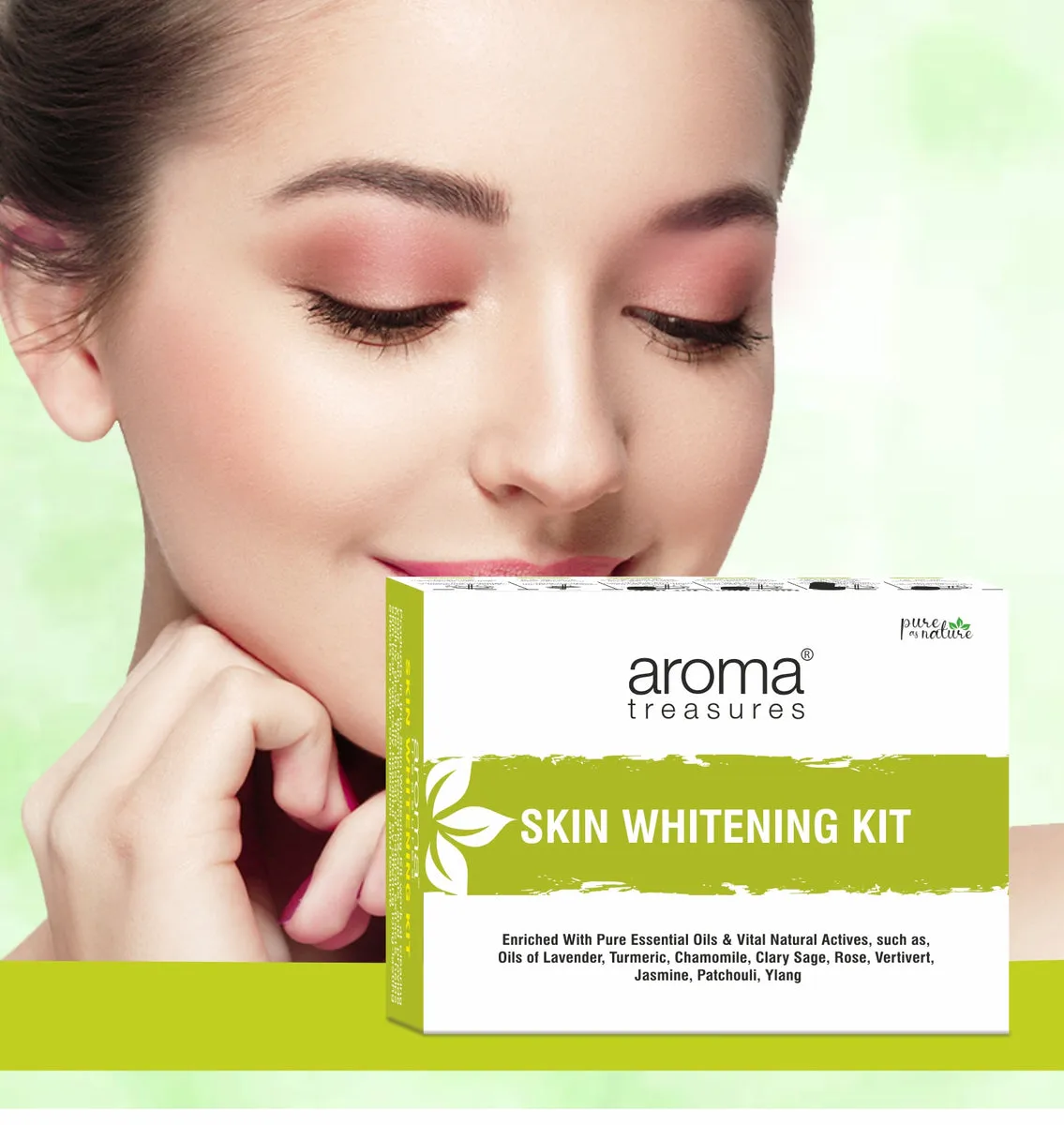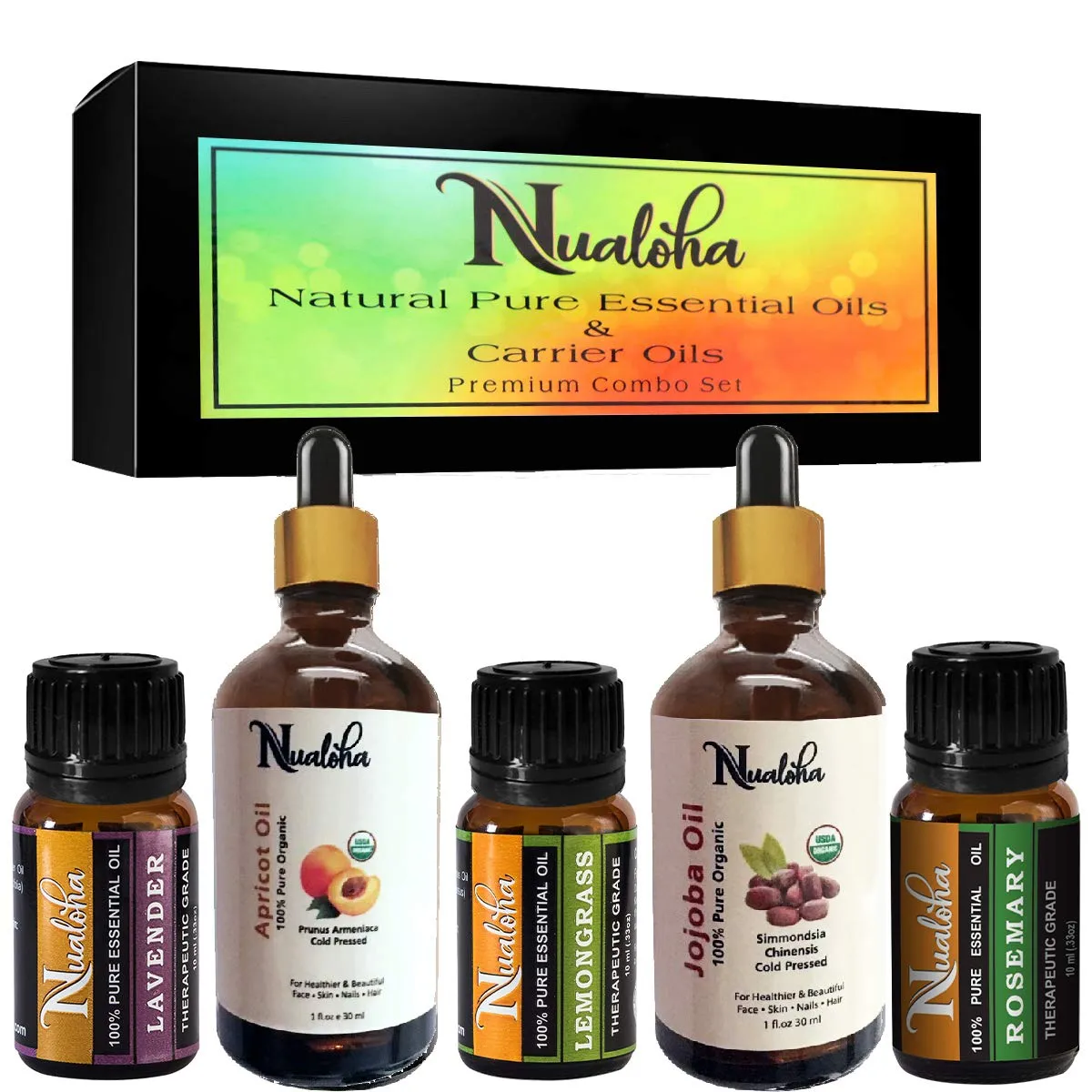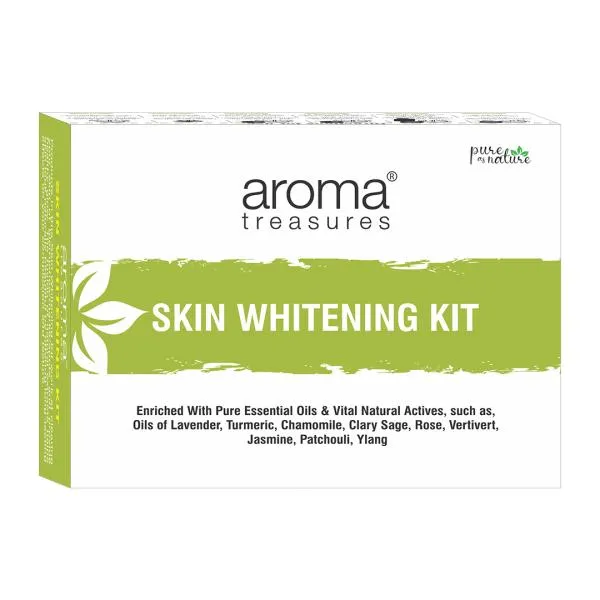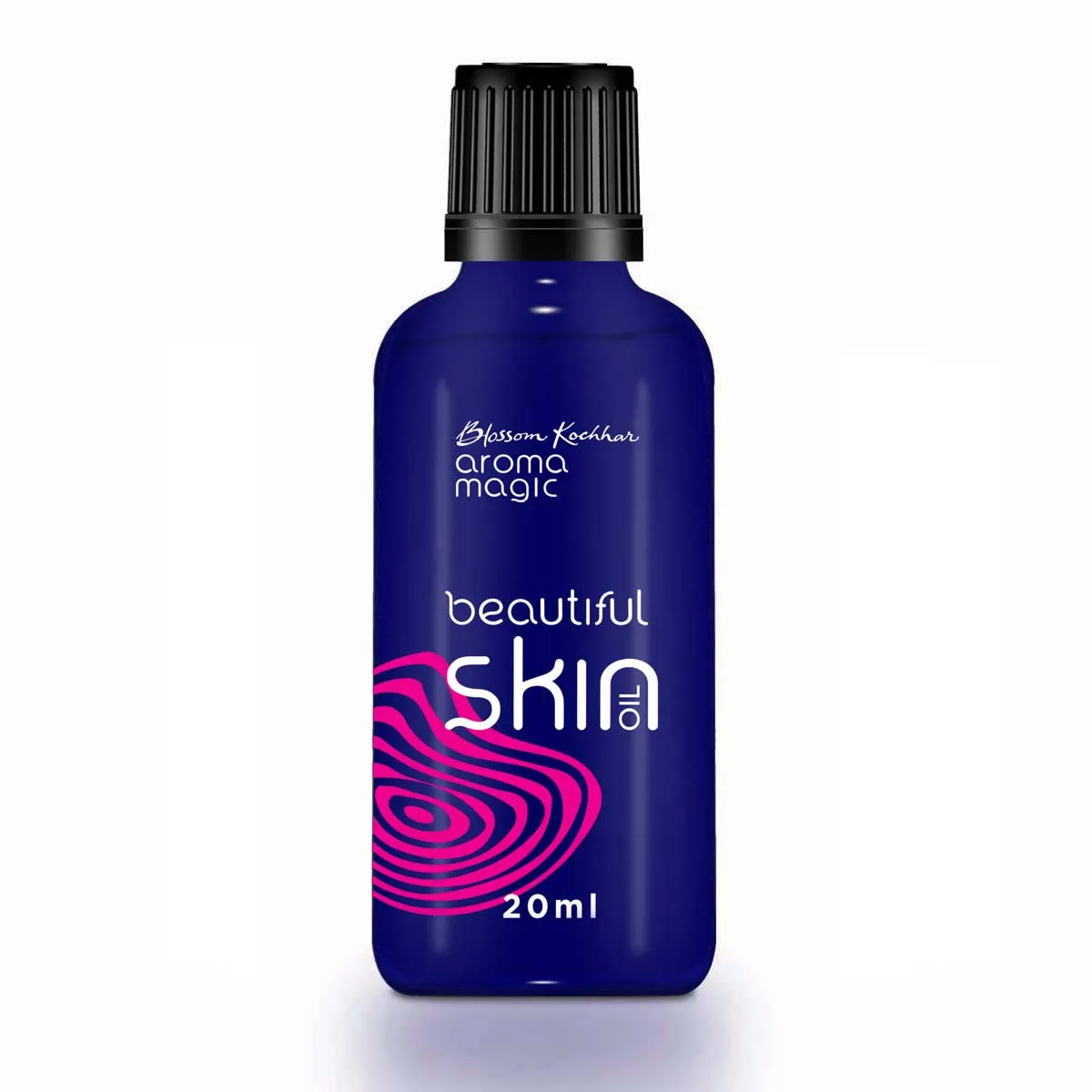Understanding Skin Whitening and Aroma Oils
Skin whitening, also known as skin lightening or bleaching, is a cosmetic procedure that aims to reduce the melanin pigment in the skin to give it a lighter appearance. While the pursuit of lighter skin has cultural roots in various parts of the world, it’s essential to approach this topic with a deep understanding of the science involved, the different methods available, and the potential risks associated with them. This is where aroma oils can play a role. These oils, extracted from various plants, are known for their therapeutic properties and, in some cases, can contribute to skin whitening by addressing issues that lead to uneven skin tone or hyperpigmentation.
The Science Behind Skin Whitening
The process of skin whitening revolves around reducing the concentration of melanin in the skin. Melanin is the pigment responsible for giving skin its color, and its production is influenced by various factors, including genetics, sun exposure, and hormonal changes. When exposed to sunlight, melanocytes, the cells that produce melanin, increase their activity, leading to tanning. Skin whitening treatments work by either inhibiting the production of melanin, reducing the number of melanocytes, or accelerating the shedding of melanin-rich skin cells. Common ingredients used in skin whitening products include hydroquinone, retinoids, and various plant extracts. However, it’s crucial to remember that the effectiveness and safety of these treatments can vary significantly.
How Aroma Oils Work for Skin

Aroma oils, also known as essential oils, can benefit skin in several ways. Many oils possess antioxidant properties that protect against environmental damage, such as that caused by UV radiation and pollution, and that can lead to premature aging and skin darkening. Some oils have anti-inflammatory properties, which can help soothe irritated skin and reduce redness, promoting an even skin tone. Certain oils can also promote cell turnover, encouraging the shedding of older, pigmented skin cells and the emergence of new, lighter cells. It’s important to note that the effectiveness of aroma oils for skin whitening can vary based on the specific oil used and the individual’s skin type. Always dilute the oils before applying them to the skin.
Top Aroma Oils for Skin Whitening
Lemon Essential Oil
Lemon essential oil is a powerhouse of vitamin C and antioxidants, making it a popular ingredient in skincare products. Its acidic properties can help exfoliate the skin, removing dead cells and revealing a brighter complexion. Moreover, lemon oil can help reduce the appearance of dark spots and blemishes, contributing to a more even skin tone. However, lemon oil can increase skin’s sensitivity to sunlight, so it’s crucial to use it cautiously, preferably in the evening, and always apply sunscreen during the day when using this essential oil.
How Lemon Oil Whitens Skin

The whitening effect of lemon oil is primarily attributed to its high vitamin C content, which acts as a natural antioxidant. This helps neutralize free radicals that can damage skin cells and cause uneven pigmentation. The mild exfoliating properties of lemon oil also help remove dead skin cells that contain melanin, leading to a lighter complexion over time. Regularly using lemon oil in diluted form can brighten the skin, reduce dark spots, and improve overall skin tone. Always perform a patch test before applying lemon oil to a larger area of your skin to check for any adverse reactions.
Rosehip Seed Oil
Rosehip seed oil is extracted from the seeds of the rose plant and is known for its skin-rejuvenating properties. Rich in essential fatty acids, antioxidants, and vitamins, it can help improve skin texture, reduce the appearance of scars and dark spots, and promote an even skin tone. The oil’s ability to regenerate skin cells and boost collagen production makes it a valuable ingredient for anti-aging and skin-lightening purposes. The oil is generally safe to use and can be beneficial for all skin types, including sensitive skin.
Benefits of Rosehip Seed Oil for Skin
Rosehip seed oil’s rich composition offers several benefits for skin whitening and overall health. The antioxidants in rosehip seed oil protect against environmental damage and reduce inflammation, which can contribute to uneven skin tone. The essential fatty acids help moisturize the skin and promote cell regeneration, which is crucial for fading dark spots and scars. Regular use of rosehip seed oil can lead to a more radiant complexion, reduced hyperpigmentation, and an improvement in overall skin texture. Always purchase high-quality, cold-pressed rosehip seed oil to maximize its benefits.
Tea Tree Oil

Tea tree oil is widely recognized for its potent antibacterial and anti-inflammatory properties, making it effective in treating acne and other skin conditions. While not a primary skin-whitening agent, tea tree oil can help clear up acne and reduce inflammation, which can indirectly contribute to a more even skin tone. By eliminating blemishes and preventing new ones from forming, tea tree oil can help maintain a clear complexion, reducing the appearance of dark spots and hyperpigmentation.
Using Tea Tree Oil
Tea tree oil should always be used with caution due to its potential to cause skin irritation. It’s crucial to dilute tea tree oil with a carrier oil before applying it to your skin. Start with a low concentration and gradually increase it as your skin becomes accustomed to the oil. Apply the diluted oil to blemishes or areas with uneven skin tone, being careful to avoid the sensitive eye area. Discontinue use if any irritation occurs, and consult with a dermatologist if you have concerns about using tea tree oil.
Frankincense Oil
Frankincense oil has been used for centuries in traditional medicine for its numerous therapeutic properties. This oil has anti-inflammatory and astringent qualities. Frankincense oil can help reduce the appearance of scars, dark spots, and wrinkles. Its ability to promote skin cell regeneration and reduce inflammation makes it a valuable addition to a skin-whitening routine. This is effective for individuals dealing with aging or sun-damaged skin.
Frankincense Oil for Skin

The benefits of frankincense oil extend to improving skin tone and texture. Frankincense oil has the potential to support skin cell regeneration, which can assist in fading dark spots and blemishes. Its astringent properties can tighten the skin and reduce the appearance of fine lines and wrinkles. Regular use of frankincense oil in a diluted form can lead to a more youthful and radiant complexion. As with other essential oils, always perform a patch test before applying frankincense oil to a larger area.
Sandalwood Oil
Sandalwood oil is well-known for its soothing aroma and skin-calming properties. It has antiseptic, anti-inflammatory, and astringent qualities, making it a beneficial ingredient for various skin concerns. While it may not be a primary skin-whitening agent, sandalwood oil can contribute to an even skin tone by reducing inflammation, minimizing blemishes, and promoting healthy skin. The oil helps maintain a smooth, clear complexion.
Using Sandalwood Oil for Whitening
The gentle properties of sandalwood oil make it suitable for various skin types. To use sandalwood oil for skin whitening, you can add a few drops to a face mask or blend it with a carrier oil for topical application. The oil is usually used in the treatment of skin conditions and as a remedy for inflammation. The natural soothing properties may help to reduce redness and irritation, which can even out skin tone. Always dilute sandalwood oil with a carrier oil and perform a patch test before use to ensure that it is safe for your skin.
How to Use Aroma Oils for Skin Whitening

Creating a Whitening Blend
When creating an aroma oil blend for skin whitening, it’s important to select oils that complement each other and address various aspects of skin health. You can combine essential oils like lemon and rosehip seed oil in a carrier oil. Use a carrier oil such as jojoba, almond, or grapeseed oil, which helps to dilute the essential oils and enhance their absorption into the skin. To create a blend, combine the essential oils (such as lemon, rosehip seed, and tea tree) with a carrier oil in a dark glass bottle. The proportions vary depending on the sensitivity of your skin, but a general guideline is 1-3% of essential oils to carrier oil.
Application Methods
There are several ways to apply aroma oils to your skin. One way is to use them directly on the skin in a diluted form. Apply the oil blend to clean, dry skin, focusing on areas with uneven pigmentation or dark spots. Another method is to add a few drops of the oil blend to your face cream or lotion to boost its skin-whitening properties. The oil can be used with a carrier oil for a facial massage. Avoid the sensitive eye area when applying any oil. When used in the evening, the skin is able to take advantage of the oils and regenerate itself. Application is best after cleansing the skin before bed.
Safety Precautions and Tips

Potential Side Effects
While aroma oils can be highly beneficial for skin whitening, it is essential to be aware of potential side effects. Some essential oils, such as lemon oil, can increase the skin’s sensitivity to sunlight, leading to sunburn and hyperpigmentation. Skin irritation, allergic reactions, and dermatitis are possible if the essential oils are not properly diluted. Some oils are photosensitive, meaning that they can cause skin discoloration when exposed to the sun. Discontinue use if you experience any irritation and consult with a dermatologist if you have concerns.
Consulting a Dermatologist
Before incorporating aroma oils into your skincare routine, it’s always a good idea to consult with a dermatologist. A dermatologist can provide professional advice based on your skin type, concerns, and medical history. They can help you determine which oils are most suitable for your skin and offer guidance on safe usage and potential interactions with other skincare products. Furthermore, a dermatologist can help you diagnose and treat any underlying skin conditions that may be contributing to uneven skin tone. They can recommend medical-grade treatments if necessary.
Conclusion

Aroma oils can be a valuable addition to your skincare routine if you are looking to lighten your skin. Oils such as lemon oil, rosehip seed oil, tea tree oil, frankincense oil, and sandalwood oil provide various benefits that can improve your skin tone and overall complexion. It’s crucial to use these oils safely by diluting them with a carrier oil and performing a patch test before application. Always consult with a dermatologist to get personalized recommendations. Remember that natural approaches require patience, so you should make sure that you have a consistent skincare routine.
